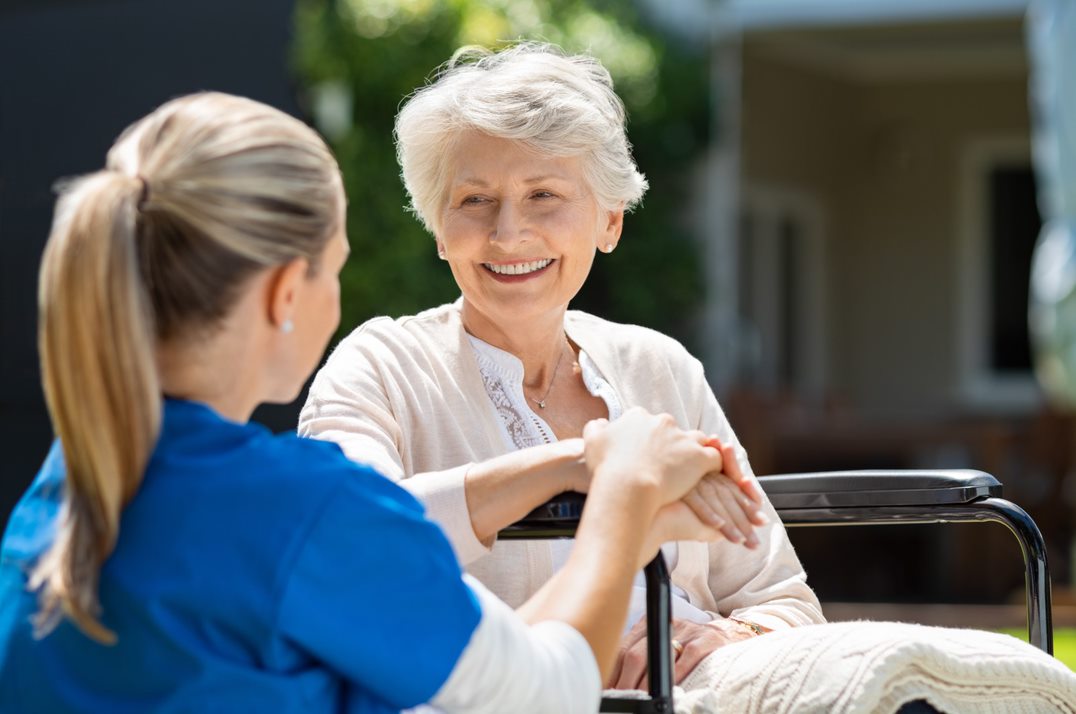The Ultimate Guide To Dementia Fall Risk
The Ultimate Guide To Dementia Fall Risk
Blog Article
Indicators on Dementia Fall Risk You Should Know
Table of ContentsMore About Dementia Fall RiskAbout Dementia Fall RiskGet This Report about Dementia Fall RiskThe Definitive Guide to Dementia Fall Risk
A loss risk evaluation checks to see just how most likely it is that you will drop. The assessment usually includes: This includes a series of questions about your general wellness and if you have actually had previous falls or troubles with equilibrium, standing, and/or strolling.STEADI consists of screening, assessing, and treatment. Interventions are suggestions that may decrease your danger of dropping. STEADI consists of three actions: you for your risk of succumbing to your threat aspects that can be improved to try to avoid drops (for instance, equilibrium troubles, impaired vision) to decrease your risk of falling by using efficient techniques (for instance, giving education and learning and resources), you may be asked several inquiries consisting of: Have you dropped in the previous year? Do you feel unstable when standing or walking? Are you stressed over falling?, your provider will check your stamina, balance, and stride, making use of the following loss assessment devices: This examination checks your gait.
If it takes you 12 secs or even more, it might indicate you are at higher danger for a fall. This examination checks stamina and equilibrium.
The placements will get more challenging as you go. Stand with your feet side-by-side. Relocate one foot halfway onward, so the instep is touching the large toe of your other foot. Move one foot fully before the various other, so the toes are touching the heel of your various other foot.
Not known Incorrect Statements About Dementia Fall Risk
Many drops take place as a result of numerous adding elements; as a result, managing the risk of dropping begins with determining the variables that add to fall danger - Dementia Fall Risk. Some of one of the most relevant danger factors include: Background of previous fallsChronic clinical conditionsAcute illnessImpaired gait and balance, lower extremity weaknessCognitive impairmentChanges in visionCertain risky medicines and polypharmacyEnvironmental elements can additionally increase the danger for drops, including: Poor lightingUneven or harmed flooringWet or slippery floorsMissing or damaged handrails and grab barsDamaged or incorrectly fitted equipment, such as beds, mobility devices, or walkersImproper use assistive devicesInadequate supervision of the people residing in the NF, consisting of those that display hostile behaviorsA effective autumn danger monitoring program requires a detailed medical assessment, with input from all members of the interdisciplinary group

The treatment strategy ought to likewise include treatments that are system-based, such as those that advertise a check over here safe environment (ideal lights, handrails, order bars, and so on). The performance of the interventions ought to be assessed periodically, and the treatment plan revised as necessary to mirror changes in the loss threat assessment. Implementing a fall risk monitoring system using evidence-based best method can lower the occurrence of falls in the NF, while limiting the capacity for fall-related injuries.
Dementia Fall Risk - The Facts
The AGS/BGS guideline suggests screening all grownups matured 65 years and older for autumn danger each year. This screening contains asking individuals whether they have actually fallen 2 or more times in the past year or looked for medical focus for an autumn, or, if they have actually not dropped, whether they really feel unstable when strolling.
People who have actually fallen when without injury needs to have their equilibrium and gait examined; those with gait or balance problems must obtain extra analysis. A discover here background of 1 fall without injury and without stride or equilibrium troubles does not call for more evaluation past ongoing yearly autumn risk screening. Dementia Fall Risk. A fall danger assessment is needed as component of the Welcome to Medicare evaluation

Our Dementia Fall Risk Statements
Documenting a falls background is among the quality signs for fall avoidance and administration. An important part of danger assessment is a medicine review. Several courses of medicines enhance fall risk (Table 2). Psychoactive medications in specific are independent forecasters of falls. These medicines often tend to be sedating, alter the sensorium, and harm balance and stride.
Postural hypotension can typically be eased by reducing the dose of blood pressurelowering medications and/or stopping drugs that have orthostatic hypotension Related Site as a side effect. Use above-the-knee support tube and resting with the head of the bed boosted might additionally lower postural decreases in high blood pressure. The recommended elements of a fall-focused physical evaluation are received Box 1.

A pull time above or equivalent to 12 secs recommends high autumn threat. The 30-Second Chair Stand test evaluates reduced extremity strength and equilibrium. Being unable to stand up from a chair of knee height without utilizing one's arms shows boosted fall danger. The 4-Stage Equilibrium examination assesses fixed equilibrium by having the person stand in 4 placements, each considerably a lot more challenging.
Report this page